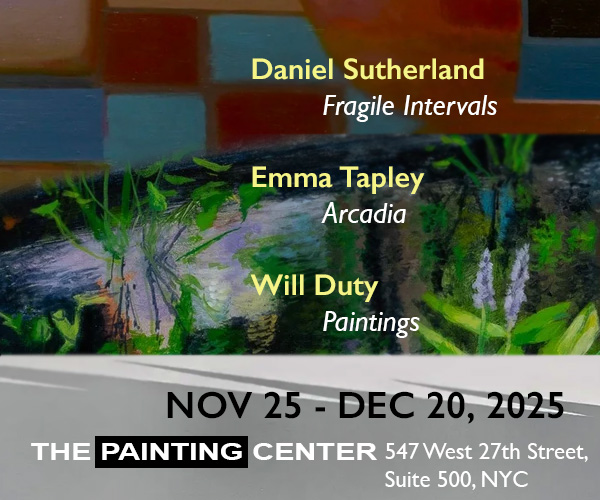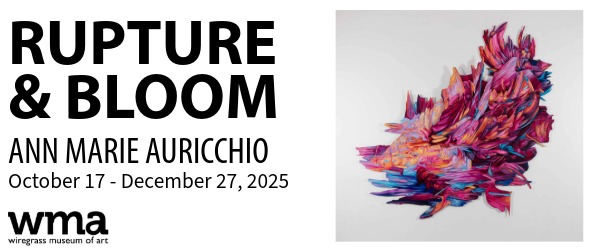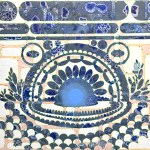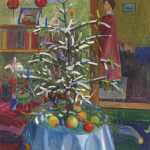
Contributed by Jonathan Stevenson / “One man’s insanity is another man’s genius,” Joyce Carol Oates has written. In the popular imagination, though, Vincent Van Gogh was a psychologically tortured idiot-savant. Inner demons, not conscious deliberation, drove him to make his transcendent paintings, which invested natural phenomena with haunting emotional qualities and philosophical portent. Aesthetic discretion and self-awareness don’t feature in this narrative; he just did what he did because his nature compelled him to do so. He is not credited with full-blown human genius. The 1956 film Lust for Life, though a good adaptation Irving Stone’s novel of the same name starring Kirk Douglas as Van Gogh, tends to reinforce this account. Even among casual observers, of course, there’s a hovering recognition that it is simplistic. But the Dutch painter’s basic sanity generally has not been forcefully defended or articulated. In his new movie At Eternity’s Gate, which covers Van Gogh’s last days, director Julian Schnabel seeks to remedy this infelicity. It’s a masterpiece, and Willem Dafoe as Van Gogh is uncannily right.
Schnabel, an esteemed and celebrated painter, nails the technical art details in furnishing a patient, tactile account of what it might have been like to paint if you were Van Gogh, depicting him stalking subject matter in the French countryside with an easel on his back and an intensely inquiring sensibility. Schnabel is also a meticulous and penetrating explorer of the human psyche — recall The Diving Bell and the Butterfly– and persuasively revises the view that Van Gogh was abjectly crazy, perhaps most pointedly in the rendition of his death. In the movie, he looks to be somewhere on the spectrum but aware of his constraints and ultimately confident of his gifts. His patrons and supporters — notably his brother Theo and Paul Gauguin, played with admirable nuance by Rupert Friend and Oscar Isaacs, respectively — see him as singularly odd and delicate, to be sure, and at times out of control, but not hopelessly debilitated or deluded.

Dafoe’s performance as the painter is exemplary — a seamless balance of knowingness and immersion. Without ever succumbing to pandering bathos, he brings out Van Gogh’s distant but palpable heart and moral charitableness as well as his stoicism in the face of misunderstanding and harsh judgment. In a crucially telling scene, upon Van Gogh’s release from the asylum to which he has voluntarily committed himself, a bemused but well-meaning priest (Mads Mikkelsen, impeccably grim), bearing news of the painter’s ostracization, holds a small canvas, disdaining it as “unpleasant” and casting Van Gogh’s vocation as misery. Van Gogh is hurt but mainly puzzled by the priest’s assessment and, most importantly, maintains, undeterred, the visionary convictions that impel him. These include: “a grain of madness is the best of art;” “what I see nobody else sees;” and “maybe God made me a painter for people who aren’t born yet.” It is the priest who is starting to look a little crazy. So begins a new chapter of modernity, and a more complicated idea of what it is to be sane.
At Eternity’s Gate, directed by Julian Schnabel. Screenplay by Julian Schnabel, Louise Kugelberg, and Jean-Claude Carriére. Distributed by CBS Films.
Related posts:
Yes, Julian Schnabel painted the Van Goghs
Julian Schnabel’s new paintings in Berlin
Rave reviews for Schnabel’s new film in which a paralysed man dictates a memoir with his eyeball
Online archive of van Gogh’s letters launched in Amsterdam






















